AO Edited
Gastro Obscura
European Asparagus Museum
Behold, a collection dedicated to Germany's favorite vegetable.
To see the asparagus museum as nothing more then a wacky collection about an arbitrary vegetable is to deeply misunderstand Germany’s deep connections to the slender green vegetable.
For in Germany the asparagus is not simply the “vegetable that makes your pee smell funny” as it is known in the U.S., but is the “königliche Gemüse” or “royal vegetable.”
In 150 B.C. the asparagus was first written about, and written about with great reverence by Roman writer Marcus Porcius Cato, and was later cited in a Roman book of recipes in 300 A.D. But then the asparagus disappeared. It would seem that after 300 A.D. the asparagus, or at least any reference to its cultivation, was “lost” for much of the middle ages, not showing up again in print until 1100 A.D. this time in the guise of an herb. In 1565 asparagus or ‘spargel’ appeared in a catalog of plants in the German Prince’s pleasure garden, referred to as “delightful fare for lovers of food.” Germany had officially begun its love affair with the asparagus.
Available only to the nobility for many years, the asparagus became appropriately known as the “royal vegetable,” but by the mid 1800s it had become available to the average German, who adopted it with vigor.
Today, the asparagus season or “Spargelzeit” is a massive event in Germany, focused largely around the towns of Schrobenhausen, Schwetzingen and Abensberg. Almost every restaurant changes its menu to include multiple asparagus dishes, there are asparagus seminars, asparagus tours, asparagus competitions, and in Schwetzingen an asparagus king or queen is crowned based on the ‘size of their asparagus stalk.’ They also have a statue of the much admired “Spargelfrauen” the women of the asparagus fields.
The asparagus museum extends this asparagus celebration to an all year round event. Three floors of 15th century tower are dedicated to asparagus, and include exhibits on “agriculture, horticulture, conservation, gastronomy, history, medical and pharmaceutical science, table decoration, ceramics, silver, advertising, literature, art and curiosities” all focused around the asparagus. The museum even has an Andy Warhol painting of asparagus.
While the museum can indeed be visited year around, one really must visit during Spargelzeit, when the locals eat asparagus at least once a day, and three times if they can afford it.
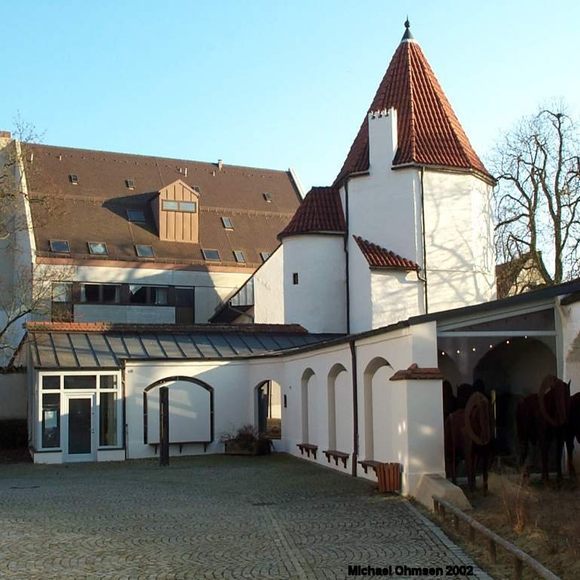

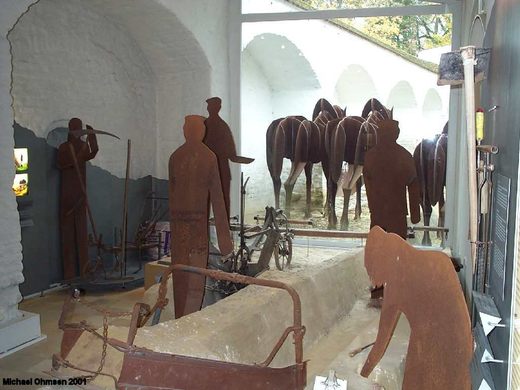



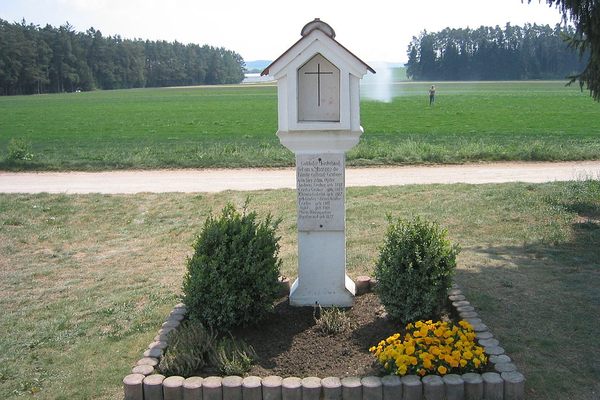




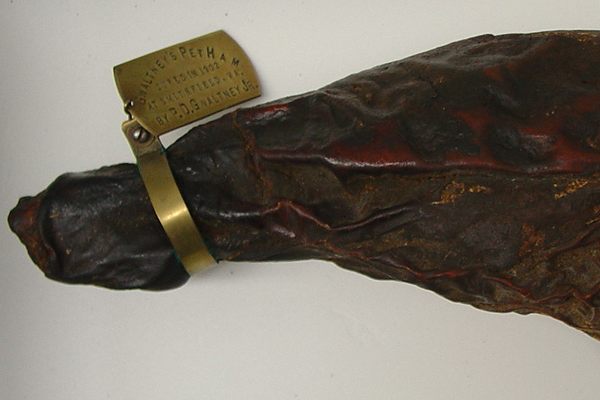
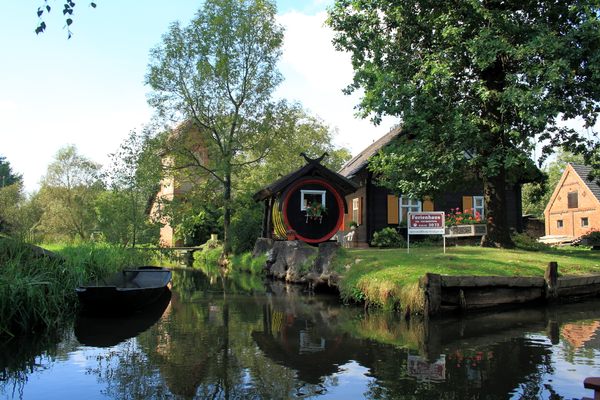
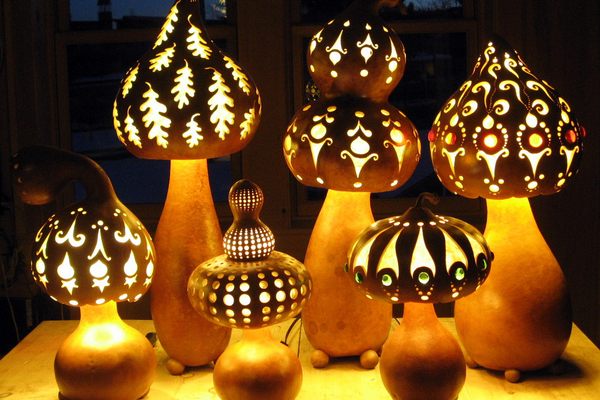

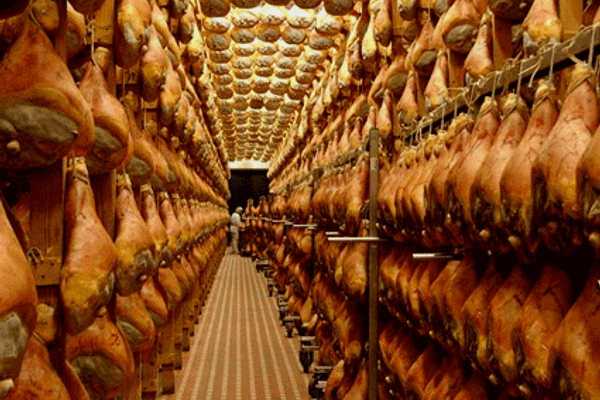

Follow us on Twitter to get the latest on the world's hidden wonders.
Like us on Facebook to get the latest on the world's hidden wonders.
Follow us on Twitter Like us on Facebook